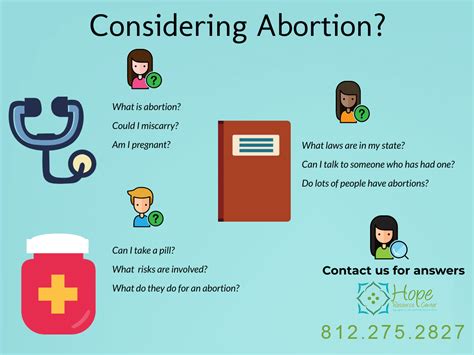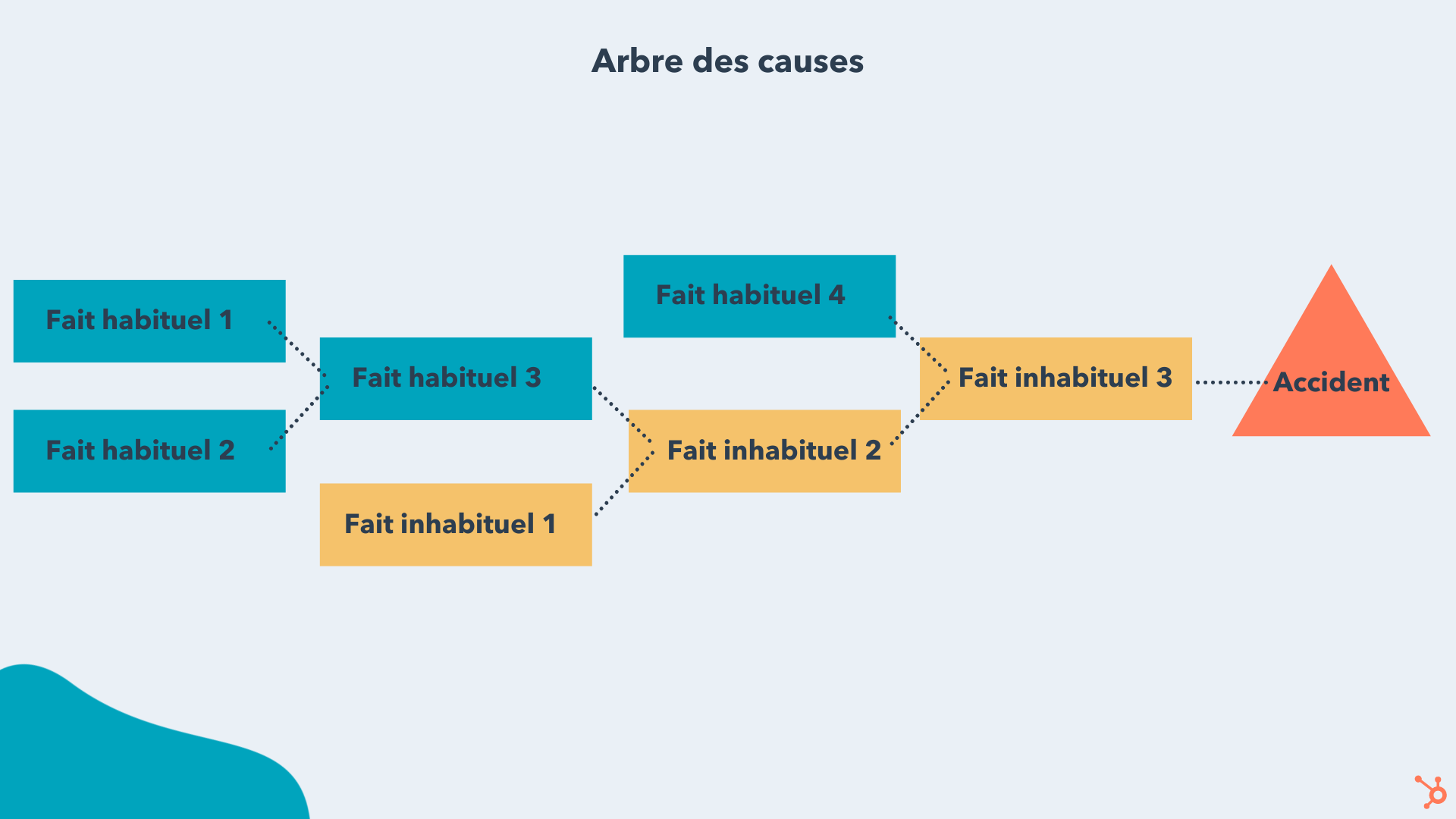Access to abortion services is a critical aspect of reproductive health, and understanding the timing and options available is essential for individuals facing unintended pregnancies. The decision to have an abortion is deeply personal and can be influenced by various factors, including legal, medical, and personal considerations. Here, we will delve into the details of when you can get an abortion, the different types of abortion procedures, and the factors that might affect your decision.
Types of Abortion Procedures
Abortion procedures vary based on the gestational age of the pregnancy. The primary methods include:
Medical Abortion (Up to 10 Weeks): This involves taking medications to end a pregnancy. The most common regimen is a combination of mifepristone and misoprostol. Mifepristone blocks the hormone progesterone, which is necessary for pregnancy to continue, while misoprostol causes the uterus to contract, expelling the pregnancy.
Surgical Abortion (Up to 16-20 Weeks and Beyond in Some Cases): There are several types of surgical abortion procedures, including vacuum aspiration, where the contents of the uterus are gently suctioned out, and dilation and evacuation (D&E), where the cervix is dilated, and the pregnancy is removed with surgical instruments.
Induction Abortion (Later in Pregnancy): This method involves using medications to induce labor, and it’s typically used later in pregnancy. It’s less common for abortion but can be an option in certain circumstances.
Factors Influencing Abortion Timing
Several factors can influence when and if an individual can get an abortion, including:
- Gestational Age: Different procedures are suited to different stages of pregnancy. The earlier the pregnancy, the more options are typically available.
- Health of the Mother: Abortions can be performed at any gestational age if the life or health of the mother is at risk.
- Fetal Abnormalities: In cases where severe fetal abnormalities are detected, later-term abortions might be considered, though this varies greatly by jurisdiction and medical circumstances.
- Legal Restrictions: Laws regarding abortion vary significantly around the world and even within countries. Some places have strict laws limiting when and under what circumstances an abortion can be performed.
Legal Considerations
Abortion laws are complex and vary widely. In some countries, abortion is available on request up to a certain gestational age, while in others, it is strictly limited or banned altogether, with exceptions often made for the health of the mother, rape, or incest. Understanding the legal landscape in your area is crucial if you are considering an abortion.
Decision-Making Process
The decision to have an abortion is personal and should be made with consideration of all available information and support. Factors to consider include:
- Personal Beliefs and Values: Individual beliefs about abortion, parenthood, and personal autonomy play a significant role.
- Health Considerations: Both physical and mental health can be impacted by pregnancy and abortion.
- Support System: Having a supportive network of friends, family, or professionals can make a significant difference.
- Financial Situation: The cost of abortion services, as well as the potential costs of raising a child, should be considered.
Accessing Abortion Services
If you are considering an abortion, it’s essential to consult with a healthcare provider. They can provide information on the procedures available to you based on your gestational age, health, and local laws. In many areas, Planned Parenthood and other reproductive health organizations offer confidential counseling and abortion services.
Conclusion
The timing and accessibility of abortion services depend on a combination of medical, legal, and personal factors. Understanding these elements is crucial for making informed decisions about reproductive health. As laws and medical practices evolve, so too does our understanding of what is possible and safe in terms of abortion care. Staying informed and seeking guidance from healthcare professionals can empower individuals to make the best choices for their circumstances.
What are the different types of abortion procedures?
+The primary methods include medical abortion (using medications), surgical abortion (such as vacuum aspiration and dilation and evacuation), and induction abortion (using medications to induce labor). The appropriate method depends on the gestational age of the pregnancy and other factors.
How do laws affect abortion access?
+Laws regarding abortion vary significantly and can limit when and under what circumstances an abortion can be performed. Understanding local laws is crucial for individuals considering an abortion.
What factors should I consider when deciding about an abortion?
+Individuals should consider personal beliefs and values, health considerations, support systems, and financial situations. It’s also important to consult with healthcare providers to understand all available options and their implications.



